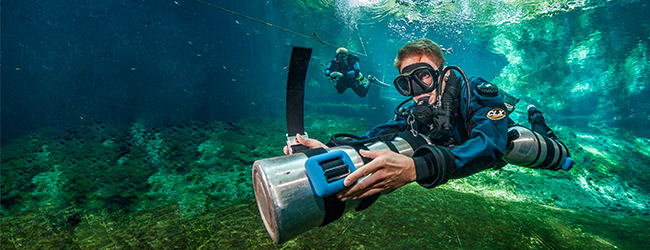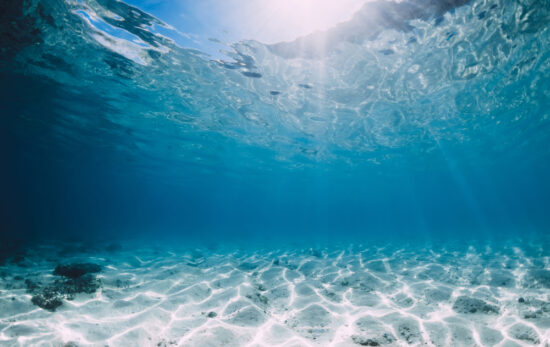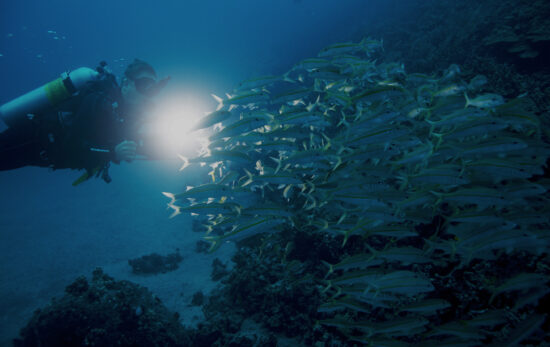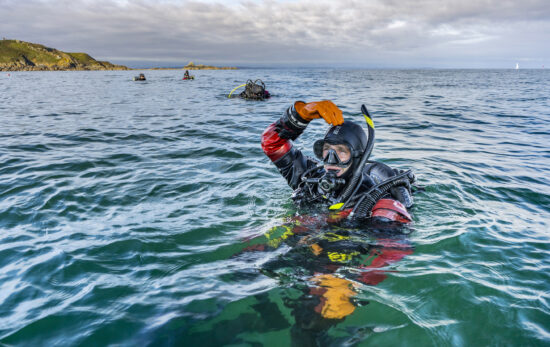This article was written by Vikki Batten, PADI International Ltd Technical Consultant, and originally published on the TecRec blog on April 16, 2010.
I know this title might surprise a few of you, but Northern European divers have been wreck enthusiasts for decades.
While the wrecks of northern Europe are not a secret among local divers, there are relatively few dive tourists. Why? Well, square profiles, short no decompression limits, dives beyond 40m (130 feet) and no dive guides are some of the reasons.
Now that the new PADI TecRec program is introducing technical diving to the global community, this may well change. Although some wrecks are suitable for beginners, TecRec divers will really get the most out of a trip to dive the wrecks of Scapa Flow, Jutland or Normandy.
What’s so good about it?
Your boat might be less glamorous than tropical dive boats and have fewer staff, but the maximum number of divers is usually 10-12. And, you’ll probably be the only boat at the site.
Dives are timed to enjoy the tidal slack which is when the dive conditions are best. It lasts 30-60 minutes on average, so when you jump in, there’s no hanging about. You make contact with the descent line, confirm the team is ready and dive. Swimming down a line, descending into the abyss, the excitement mounts.
Eventually the wreck looms into view. It may be dark but visibility ranges from 5m – 25m (15-80 feet) under normal conditions. The cold water means that wrecks are often intact with huge guns and large boilers. Damaged areas explain how they sank and allow access (for suitably qualified and experienced divers) to cabins, engine rooms and holds.
The decks are covered in schools of fish, and the light beams of the other divers are visible in the distance and add to the atmosphere of mystery. Large crustaceans and conger eels lurk in every crevice while nudibranchs and anemones carpet the surfaces. Although it’s a little dark, a torch brings out the colorful scales of the wrasse and parrotfish.
Suddenly the atmosphere changes! The fish dart and whirl and everything comes over dark. A school of tuna whiz through the wreck on the hunt – fish swim for cover and the unlucky stragglers are picked off. It happens so quickly that you almost miss it, and once it’s over the fish cautiously return to the open and calm is restored.
The decks and holds of the wrecks often have the remnants of cargo, such as glass and china or personal items from ships sunk during conflicts and wars. Sometimes the wreck is unknown, and there is the chance of being the person who “discovers” something to identify it. It is illegal to take anything in most areas but great fun to enjoy being surrounded by history, and every diver dreams of finding a bell.
For divers qualified for wreck penetration, there are often holds, cabins and passages to explore. Proper training is essential, and many TecRec instructors have written Advanced Wreck Distinctive Specialties to train you to make this type of dive. The reward is visiting areas of these wrecks that very few divers ever see. Coming face-to-face with a seal deep inside a wreck at Scapa Flow is one of my best diving memories!
All too soon, it’s time to ascend, so you send up a delayed surface marker buoy to signal the dive boat while you complete your planned decompression.
Back on the boat, there is usually hot chocolate to warm you up, a couple of biscuits (cookies) and plenty of banter as the divers swap tales of just HOW big those tuna were!
While I enjoy tropical wreck diving, for me, nothing can beat the excitement of cold water diving. If the more difficult conditions and lack of a sun deck sounds awful, there are plenty of great tropical wreck diving locations, but if Northern European wreck diving sounds as exciting to you as it does to me, then PADI TecRec courses could open up a whole new world of adrenaline-filled diving!





